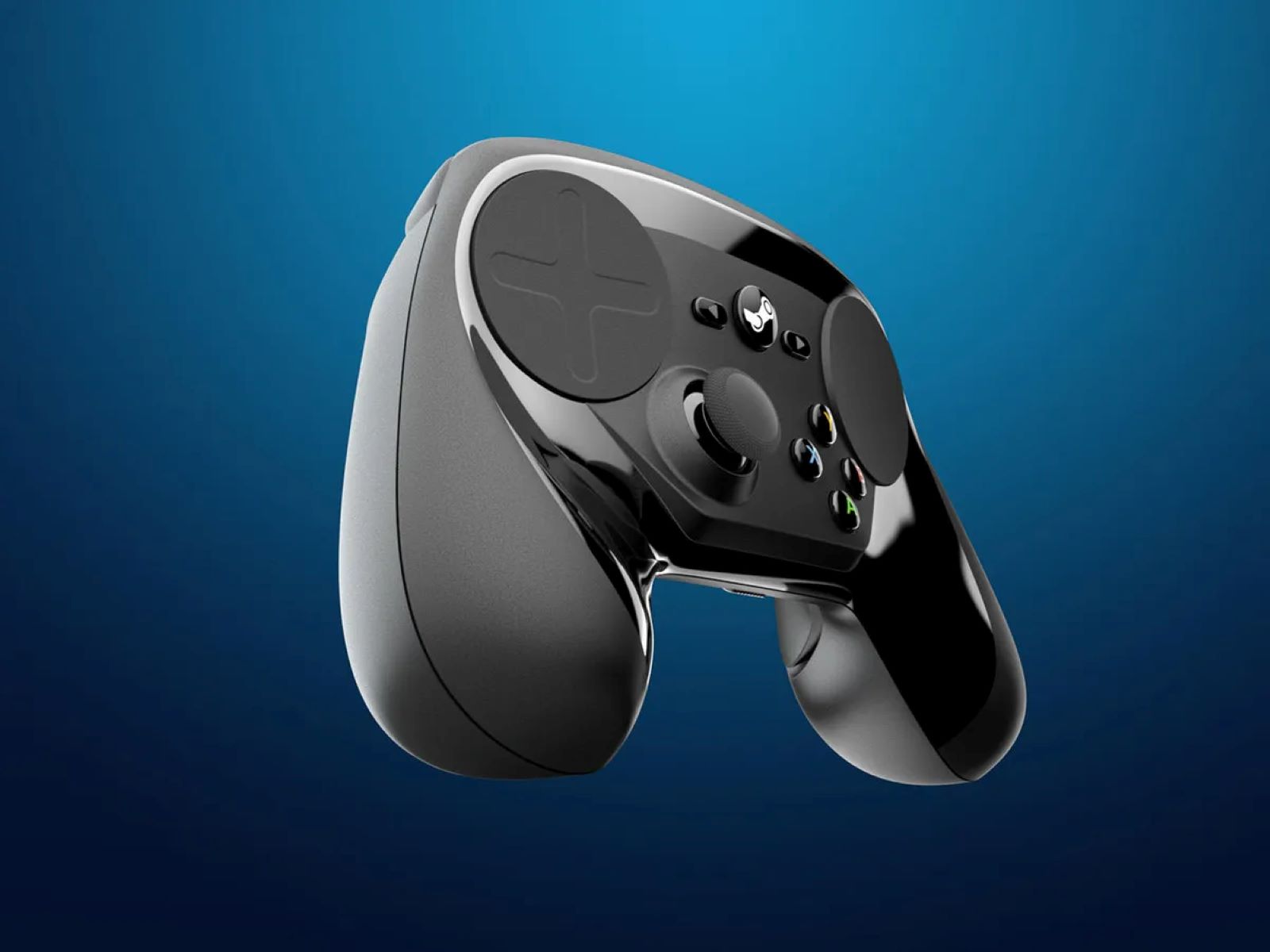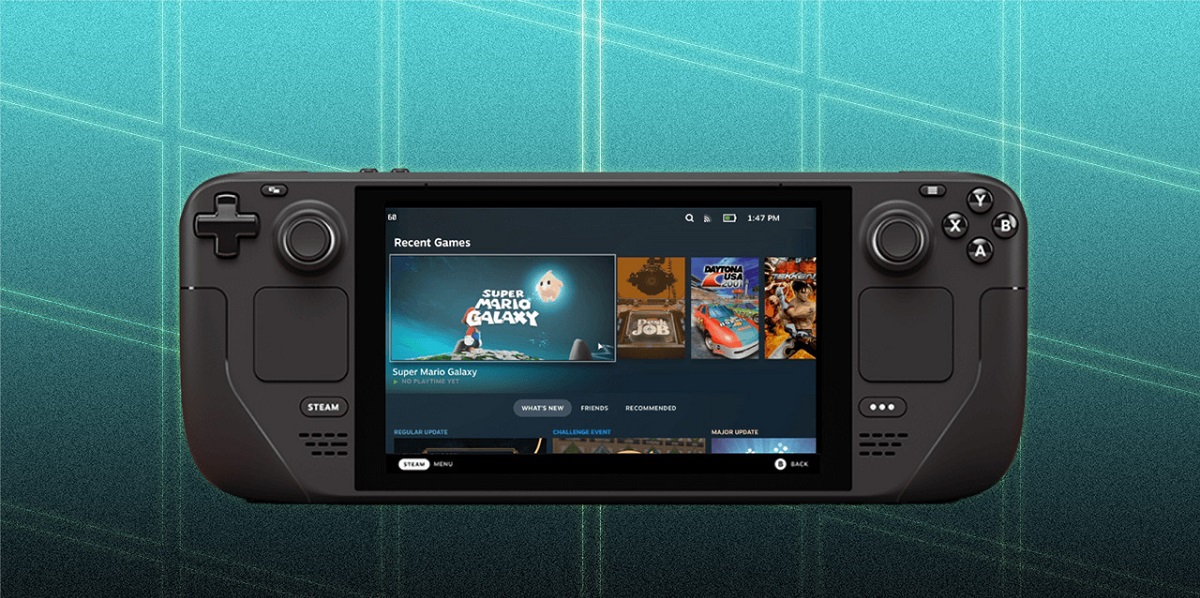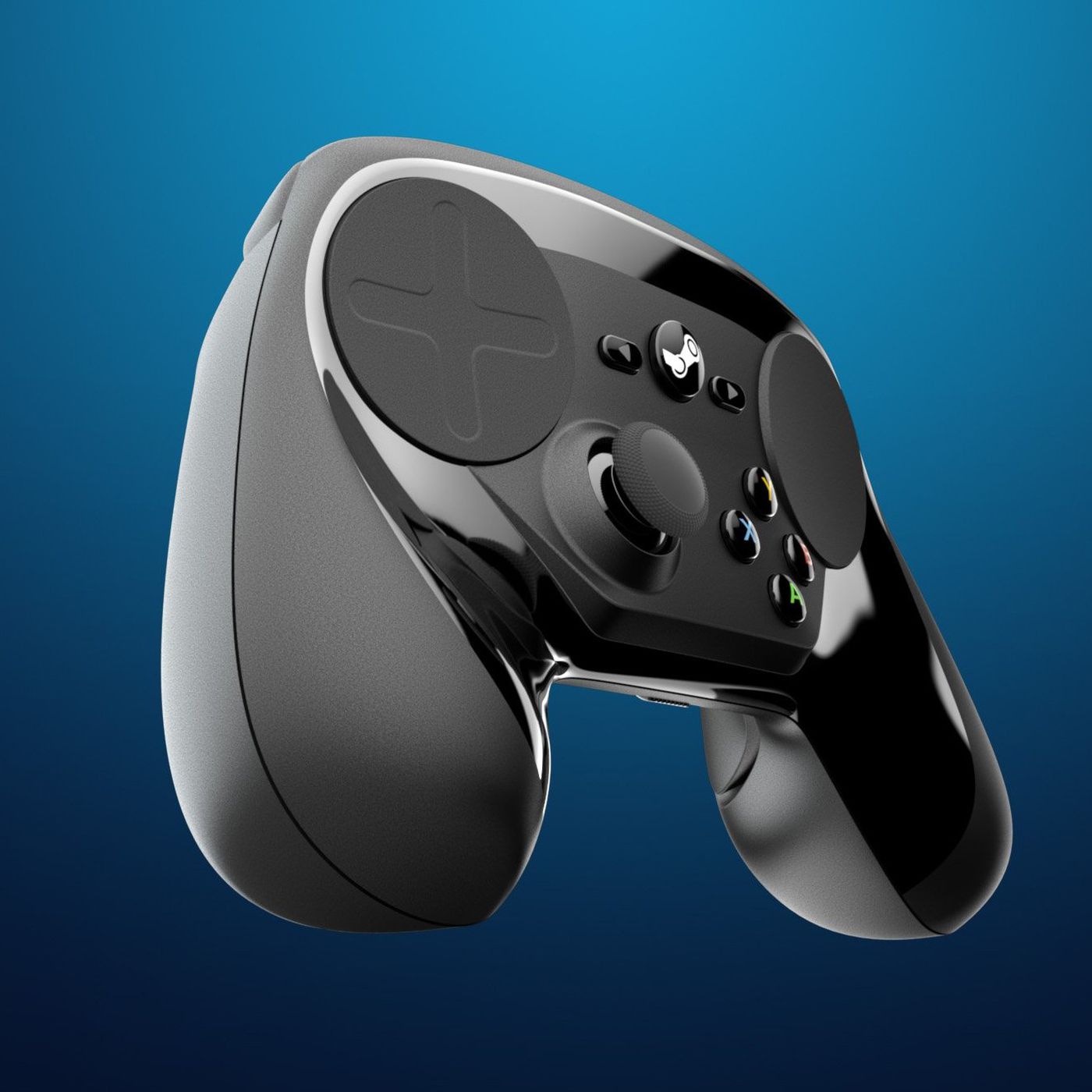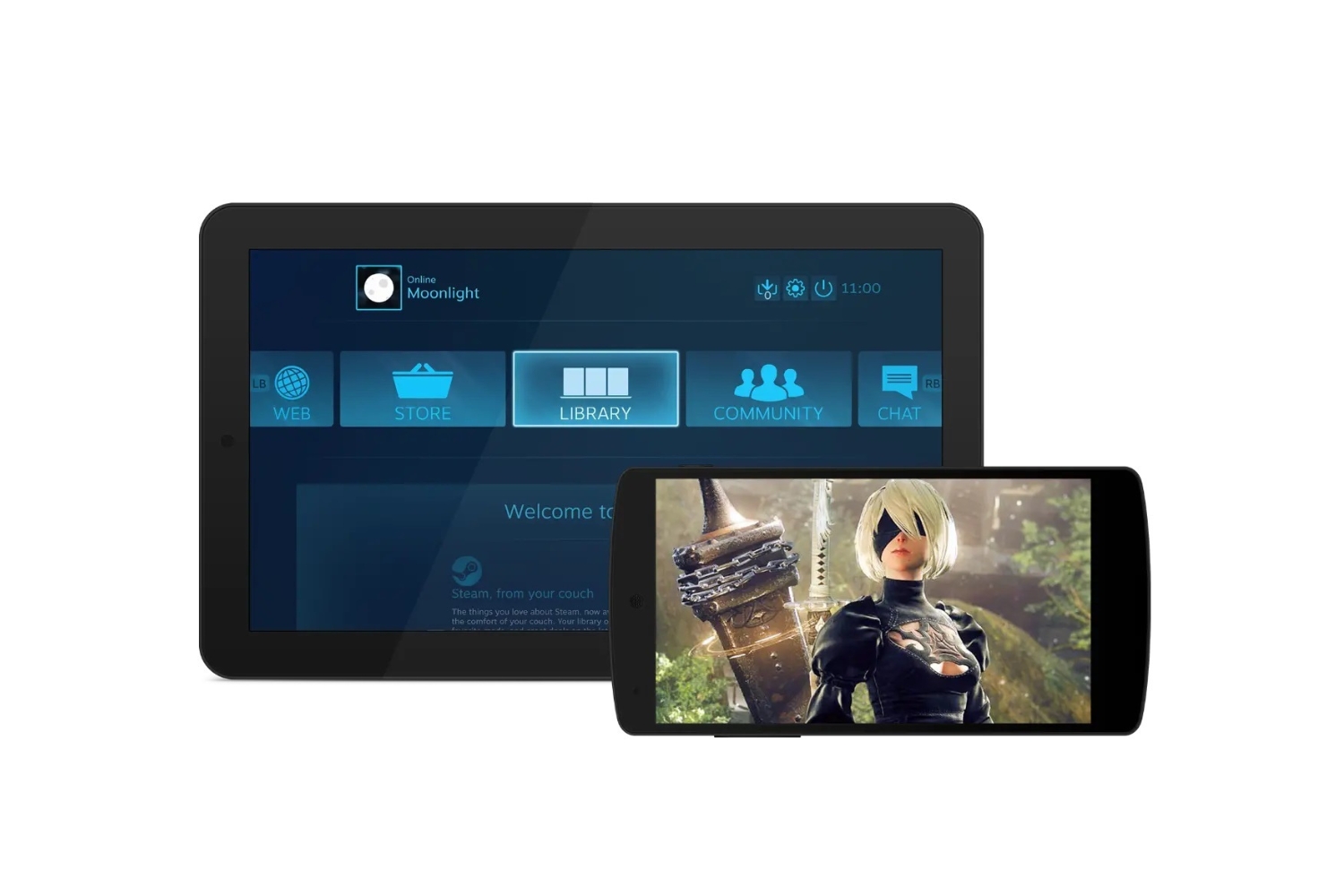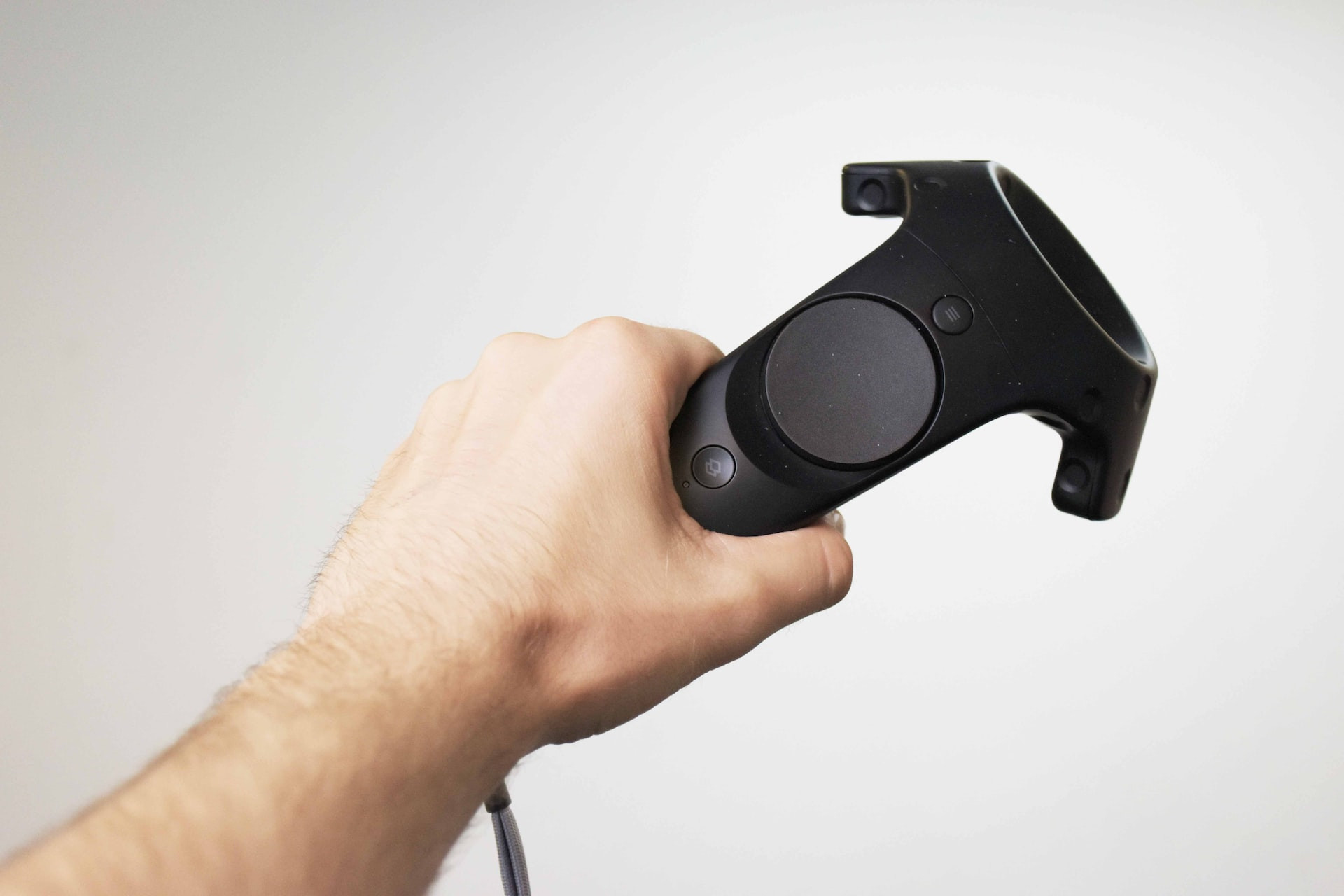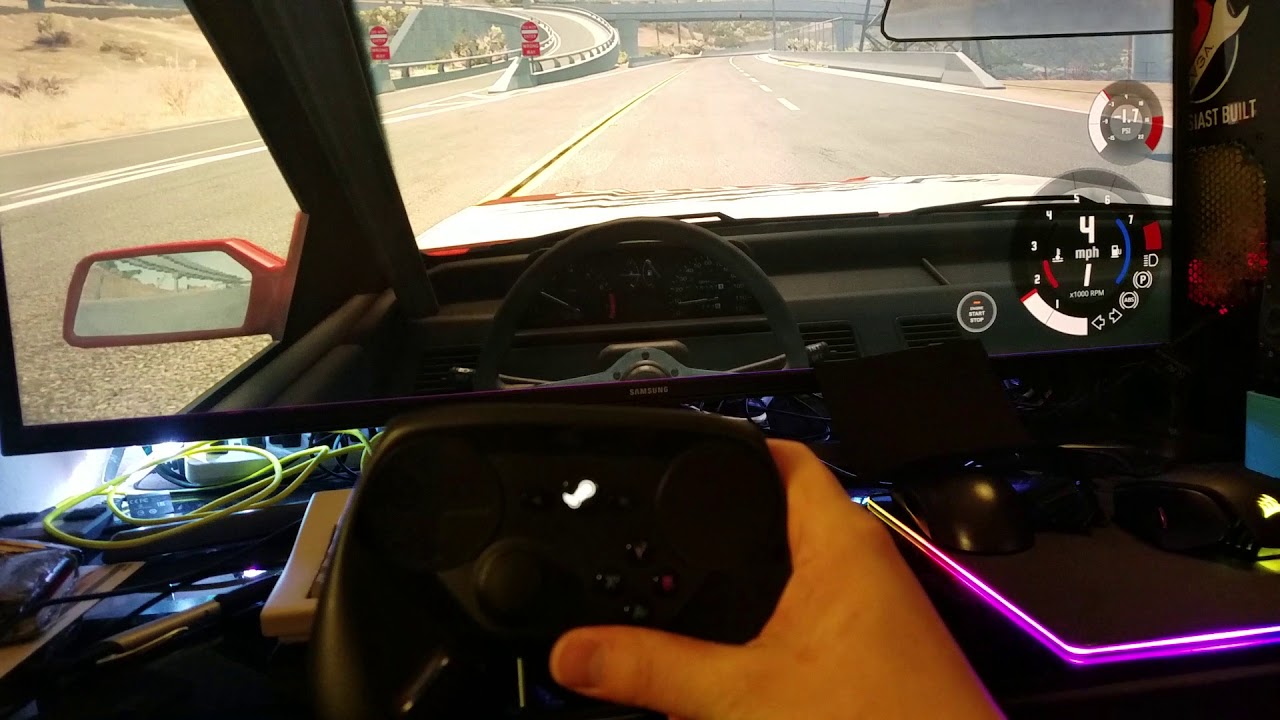Introduction
Setting up a game controller for Steam can significantly enhance your gaming experience, offering a more immersive and intuitive way to play your favorite titles. Whether you prefer the precision of a gamepad or the familiarity of a console controller, Steam provides seamless support for a wide range of devices. In this guide, we will walk through the process of configuring a game controller for use with Steam, allowing you to dive into your gaming adventures with ease.
By following these steps, you can connect your preferred controller to your computer, configure it within the Steam interface, and ensure that it functions flawlessly in your games. Whether you're a casual gamer or a dedicated enthusiast, customizing your controller settings can make a world of difference in how you engage with your favorite games.
So, let's delve into the details of checking controller compatibility, connecting the controller to your computer, configuring the controller in Steam, and testing its functionality in a game. With these steps, you'll be well-equipped to enjoy a seamless gaming experience tailored to your preferences.
Checking Controller Compatibility
Before diving into the setup process, it’s crucial to ensure that your game controller is compatible with Steam. Steam supports a wide array of popular controllers, including Xbox, PlayStation, and various third-party gamepads. However, it’s essential to verify compatibility to avoid any potential issues during the setup process.
To check compatibility, start by identifying the type of controller you have. If you’re using an Xbox or PlayStation controller, it’s highly likely that it will be compatible with Steam without the need for additional software or drivers. For third-party controllers, it’s advisable to check the manufacturer’s website or product documentation to confirm compatibility with Steam.
Additionally, Steam provides a list of officially supported controllers on their website, offering a comprehensive guide to compatible devices. This resource can be invaluable in determining whether your controller is compatible with Steam and can provide insights into any additional steps required for setup.
Once you’ve confirmed compatibility, you can proceed with confidence, knowing that your controller is well-suited for use with Steam. With this crucial step out of the way, you’re ready to move on to the process of connecting your controller to your computer and configuring it within the Steam platform.
Connecting the Controller to Your Computer
Once you’ve confirmed the compatibility of your game controller with Steam, the next step is to connect it to your computer. The method of connection will vary depending on the type of controller you’re using, so it’s essential to follow the appropriate steps for your specific device.
If you’re using a wired controller, connecting it to your computer is typically straightforward. For USB-based controllers, simply plug the controller’s cable into an available USB port on your computer. Once connected, your computer should automatically detect the controller, and it may install any necessary drivers or software to enable its functionality.
For wireless controllers, such as those for the Xbox or PlayStation, you’ll need to utilize the respective wireless receiver or Bluetooth functionality on your computer. If your controller uses Bluetooth, ensure that your computer has Bluetooth capability, and follow the pairing instructions provided by the controller’s manufacturer.
After connecting your controller, it’s advisable to verify its recognition by your computer. This can be done by accessing the device manager or controller settings on your computer to ensure that the controller is detected and functioning correctly.
Once your controller is successfully connected to your computer, you’re ready to proceed to the next crucial step: configuring the controller within the Steam platform. By establishing a solid connection between your controller and computer, you’re one step closer to enjoying a seamless gaming experience tailored to your preferences.
Configuring the Controller in Steam
With your game controller successfully connected to your computer, the next vital step in the setup process is configuring the controller within the Steam platform. Steam provides robust support for a wide range of controllers, allowing you to customize button mapping, sensitivity, and other essential settings to suit your preferences.
To begin configuring your controller in Steam, launch the Steam application on your computer and ensure that you’re logged into your account. Once in the Steam interface, navigate to the “Settings” menu, typically located in the upper-left corner of the screen. From the settings menu, select the “Controller” tab to access the controller settings.
Within the controller settings, you’ll have the option to customize various aspects of your controller’s functionality. This includes mapping buttons, adjusting sensitivity, and enabling additional features such as gyroscopic controls or haptic feedback, depending on the capabilities of your specific controller.
If you’re using a popular controller, such as an Xbox or PlayStation controller, Steam may automatically recognize and apply default settings for your device. However, for third-party or less common controllers, you may need to manually configure the settings to ensure optimal performance.
Steam also provides the option to create and customize controller profiles, allowing you to tailor the controller settings for specific games or genres. This level of customization can significantly enhance your gaming experience, providing a seamless transition between different titles without the need to constantly readjust controller settings.
Once you’ve configured your controller settings to your satisfaction, you’re ready to proceed to the final step: testing the functionality of your controller in a game. By taking the time to fine-tune the controller settings within the Steam platform, you can ensure that your gaming experience is precisely tailored to your preferences, allowing for effortless and intuitive gameplay.
Testing the Controller in a Game
After configuring your controller settings within the Steam platform, the final step in the setup process is to test the functionality of your controller in a game. This crucial step allows you to ensure that the controller operates as intended, providing a seamless and immersive gaming experience across a variety of titles.
To begin testing your controller, launch a game from your Steam library that supports controller input. Many modern titles offer native support for popular controllers, allowing you to seamlessly transition from keyboard and mouse controls to your preferred gamepad.
Once in the game, take a moment to ensure that the controller is recognized and functioning correctly. Navigate to the game’s settings or options menu to verify that the controller inputs are responsive and accurately mapped. If the game offers the ability to customize controls, take the opportunity to fine-tune the settings to your liking.
During gameplay, pay close attention to the responsiveness and accuracy of the controller inputs. Test various actions, such as movement, camera control, and interaction, to ensure that the controller provides a smooth and intuitive gaming experience. Additionally, if your controller features additional functionality, such as vibration or motion controls, take the time to evaluate these features within the game environment.
If you encounter any issues during testing, such as unresponsive buttons or inaccurate inputs, it may be necessary to revisit the controller settings within the Steam platform to make adjustments. By fine-tuning the settings and testing the controller in different games, you can ensure that it delivers a consistent and enjoyable experience across your gaming library.
Once you’ve confirmed that the controller performs as expected in your chosen game, you can proceed to enjoy a seamless gaming experience tailored to your preferences. Whether you’re embarking on an epic adventure or engaging in competitive gameplay, a well-configured game controller can enhance your immersion and enjoyment of the gaming experience.







